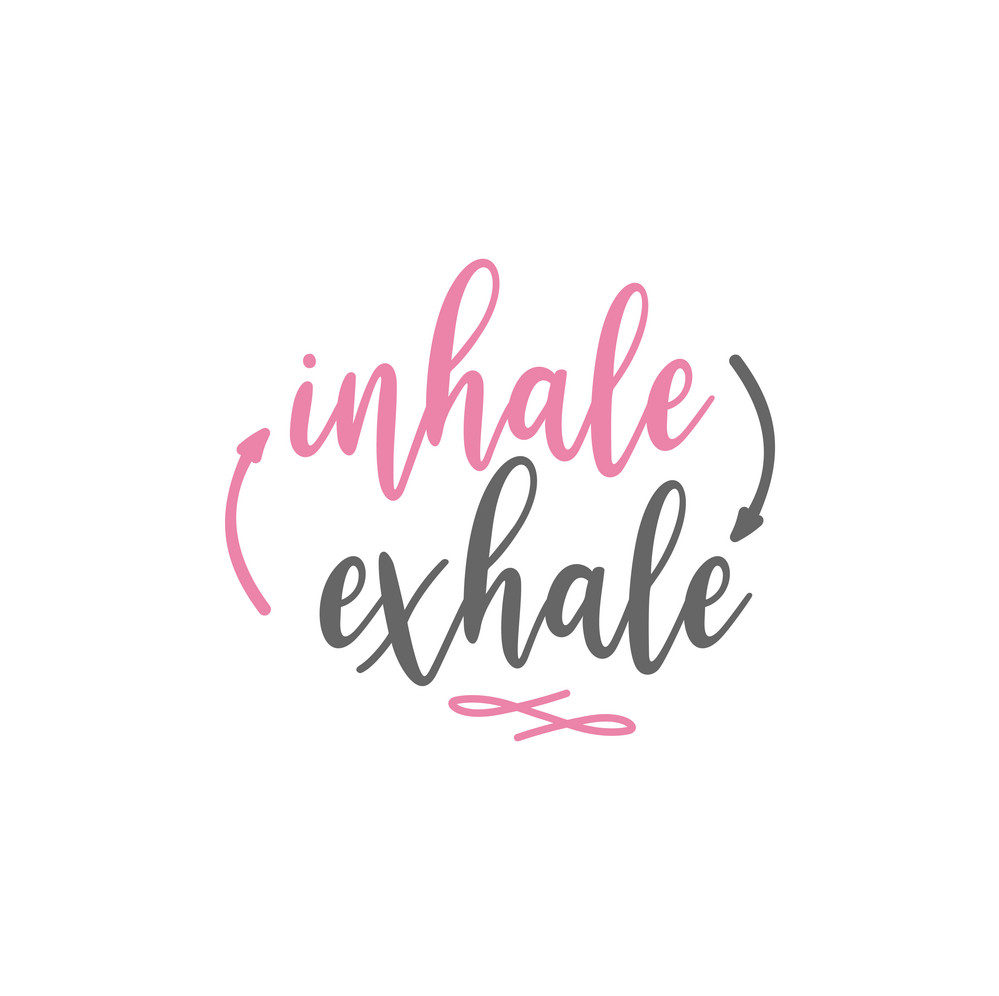
What is yoga? The word yoga itself means union or to yoke — bringing together mind, body, and breath to find inner stillness / peace. While in the Western world a vast majority of people view yoga as a physical exercise regime, it actually consists of many other parts, with physical postures only making up a small part of the practice.
How do I know what style of yoga or type of class to take? In truth the style of yoga you practice probably isn’t as important as finding the right teacher. When you take a class with someone who’s style of teaching resonates with you, what the class description says really doesn’t matter. On a related note, a good teacher will not be offended if he or she is not the right fit for you. Don’t feel bad if you take a few classe with someone and decide that what they are teaching, or the way they teach it, doesn’t work for you.
What should I eat / drink before class? This depends on the type of yoga you will be practicing of course, but a general guideline would be to wait 2-3 hours after a heavy meal. A light snack an hour before is probably okay, but it will depend on your body. Many postures involve twisting or folding and stimulate the digestive system in some way, so eating or drinking right before a class is not advised.
What should I wear? Wear whatever you feel comfortable in but still allows you a full range of motion. If there will be any inversions in the class (when your head is below your heart) you may want to consider a tighter fitting top so that it doesn’t leave you exposed when you are “upside down” in some way.
How often should I practice? This is definitely a personal preference and certainly depends on your goals, but remember that practicing yoga does not mean that you need to do an hour of physical postures every day. There are many other ways to practice yoga that can be done in just a few spare moments each day.
How is yoga different from other forms of exercise? Yoga consists of 8 “limbs.” Only one of those limbs relates to physical postures, and the intention of the physical aspect of the practice is to prepare your mind and body for meditation. Each new shape is an opportunity to focus, breathe, and quiet the mind. While other forms of exercise may allow the same benefits if done with this amount of focus, the intention of the practice of yoga is designed with this in mind.
Do I have to be flexible/thin/young to practice yoga? Absolutely not. Yoga can be practiced in a variety of ways, most of which have nothing to do with the size / shape / age / structure of your body.
Is yoga a religion? Will it conflict with my own religious views? Various cultures and religious groups incorporate yoga and yogic teachings into their lifestyles and traditions, but on its own, yoga is not a religion.


